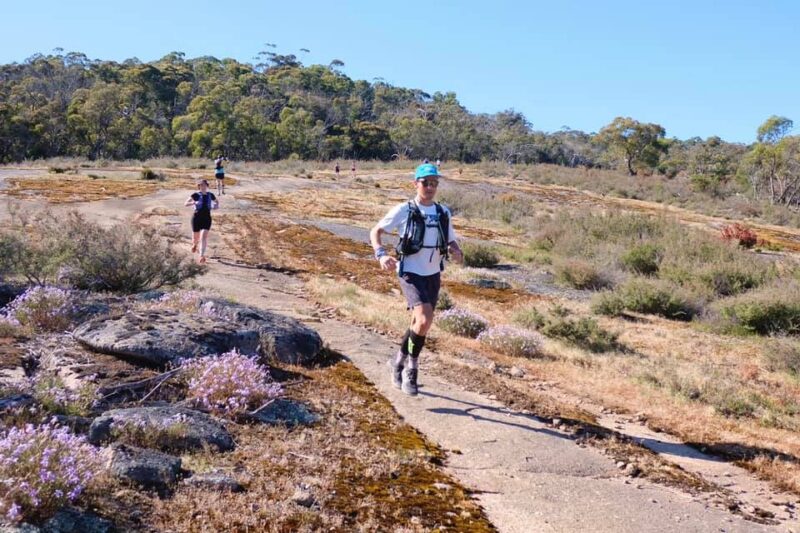
Trail running in Victoria’s remote locations can add a heap of challenges to emergency services if you need rescuing. A method of communicating with emergency services is a great way to help ensure most timely rescue and that you make it home safely from your off grid trail runs. Here we talk through a few of the most common types of emergency services communication devices to help you find the best way to give you piece of mind and keep all your trail runs safe and enjoyable…

Satellite phones
The good
-operable by anyone in the group
-can replace batteries/charge
-immediate communication without lag (sms and calls)
-clear, concise and confirmed communication method
-ability to triage under emergency service direction
-can communicate changes of circumstances
-can communicate with any other phone number
-can receive communications about changes that may influence you form your support persons
-satellite reception icon on phone shows the quality of connection
The bad
-ongoing subscription costs
-extra costs for calls and messages
-can be bulky
-is has no automated emergency function
-It is not locatable by your friends/family
Advice: Good for frequent adventurers where there are groups of people. Not ideal for solo adventures where a risk of becoming unconscious exists.
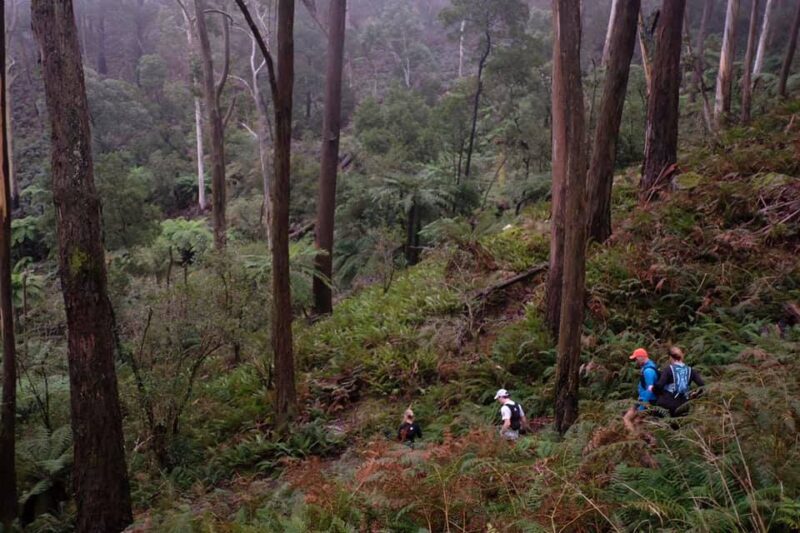
Personal locator beacons (PLBs)
The good
-cheap
-small and lightweight
-easy to operate
-stand alone device (no phone integration)
-no ongoing subscription costs
The bad
-manually operated
-communicates only with emergency services
-doesn’t provide situational emergency details to emergency services
-the operator is unable to identify if the emergency alert has been received by emergency services
Advice: Good for infrequent adventurers where there is a group. Not ideal for solo adventures where a risk of becoming unconscious exists or where a group may split or triage is required.
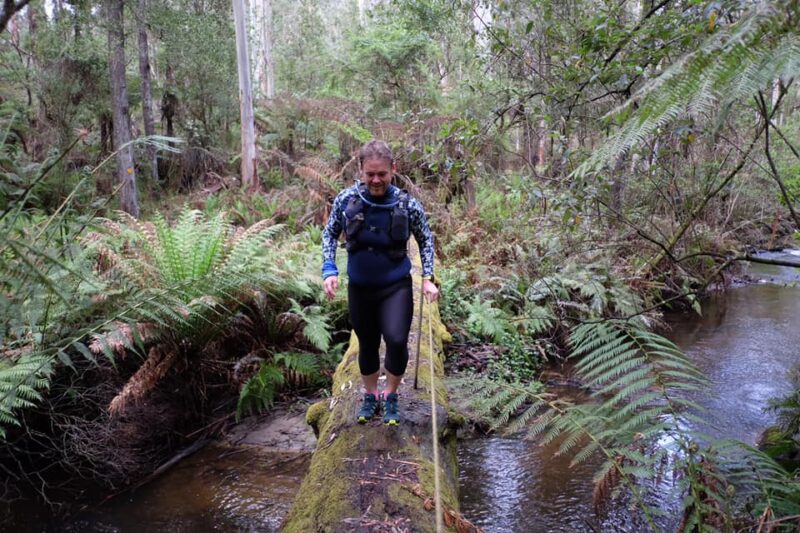
Satellite messengers
The good
-small and lightweight
-can replace batteries/charge
-ability to communicate with select phone numbers
-can communicate your location to your specified contacts
-some devices are automated and notify your contacts of a missed check ins
The bad
-some features are reliant on integration with smart phones/apps
-lags in location updates
-lags in message fetching and sending
-full premium functions can be expensive subscriptions
Advice: Good for frequent solo adventurers.
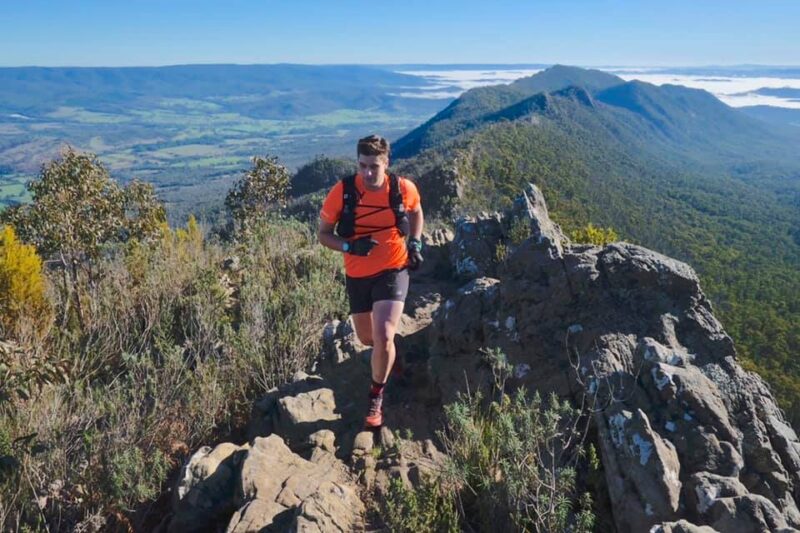
Homing pigeons
The good
-It’s nice to have company on the trails
The bad
-Difficult to fit in pack
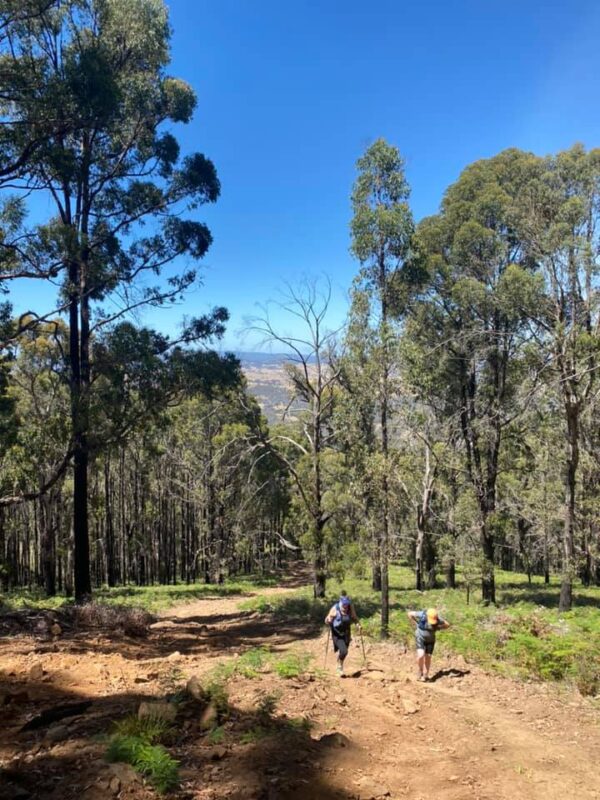
Summary
As a general rule all of these devices have general reliability challenges when being used in terrain that may block or obstruct the line of site between the satellites and the device. Understanding the limitations of all devices is an important part of ensuring effective emergency response.
Consider if a combination of different devices is your best option for your adventure. Contingency plan around if your group will split can all parties communicate their location to emergency services. All emergency devices should be used on top of a basic welfare plan.
How to make a basic welfare plan
- Tell someone where you are going. Give them your start point, finish point, planned route and your direction of travel.
- Let them know your times. When you plan to start, when you may have reception and when you plan to finish.
- Don’t deviate from the plan without communicating that to your contact.
- Instruct your contact what to do if they don’t hear from you at the times you have given them. You may want them to set phone alarms so they don’t forget.
Links
Satellite messengers store https://www.ja-gps.com.au/GPS-Units/Satellite-Communicator
Satellite phone store https://satstore.pivotel.com.au/
PLB store https://www.snowys.com.au/personal-locator-beacons